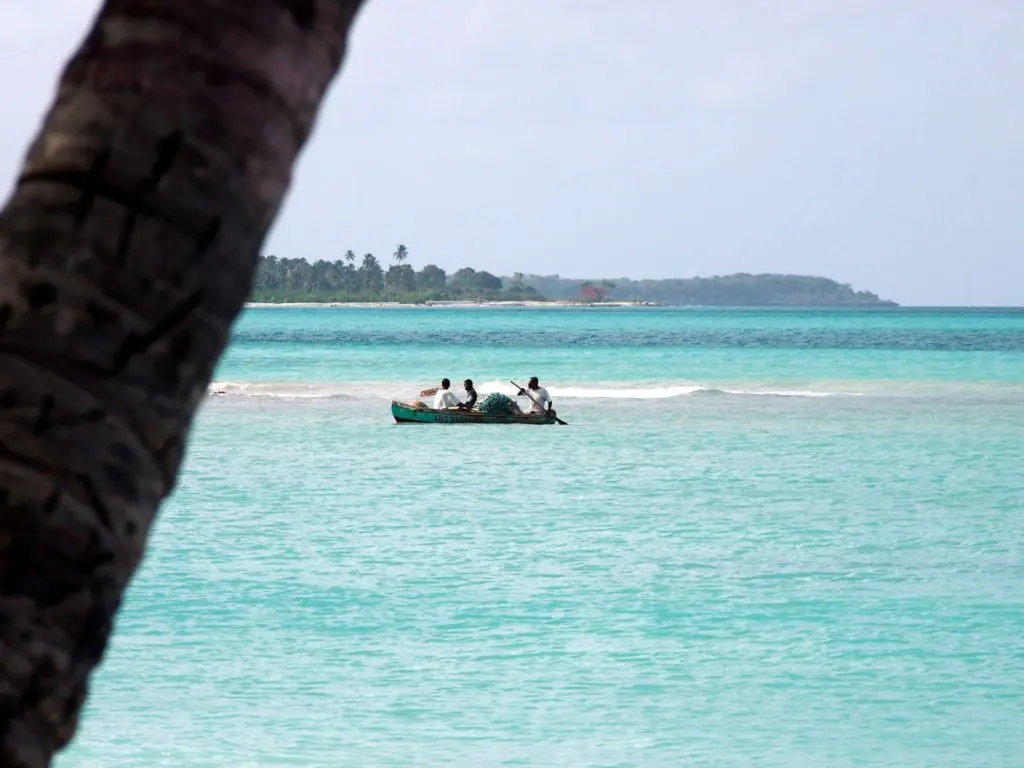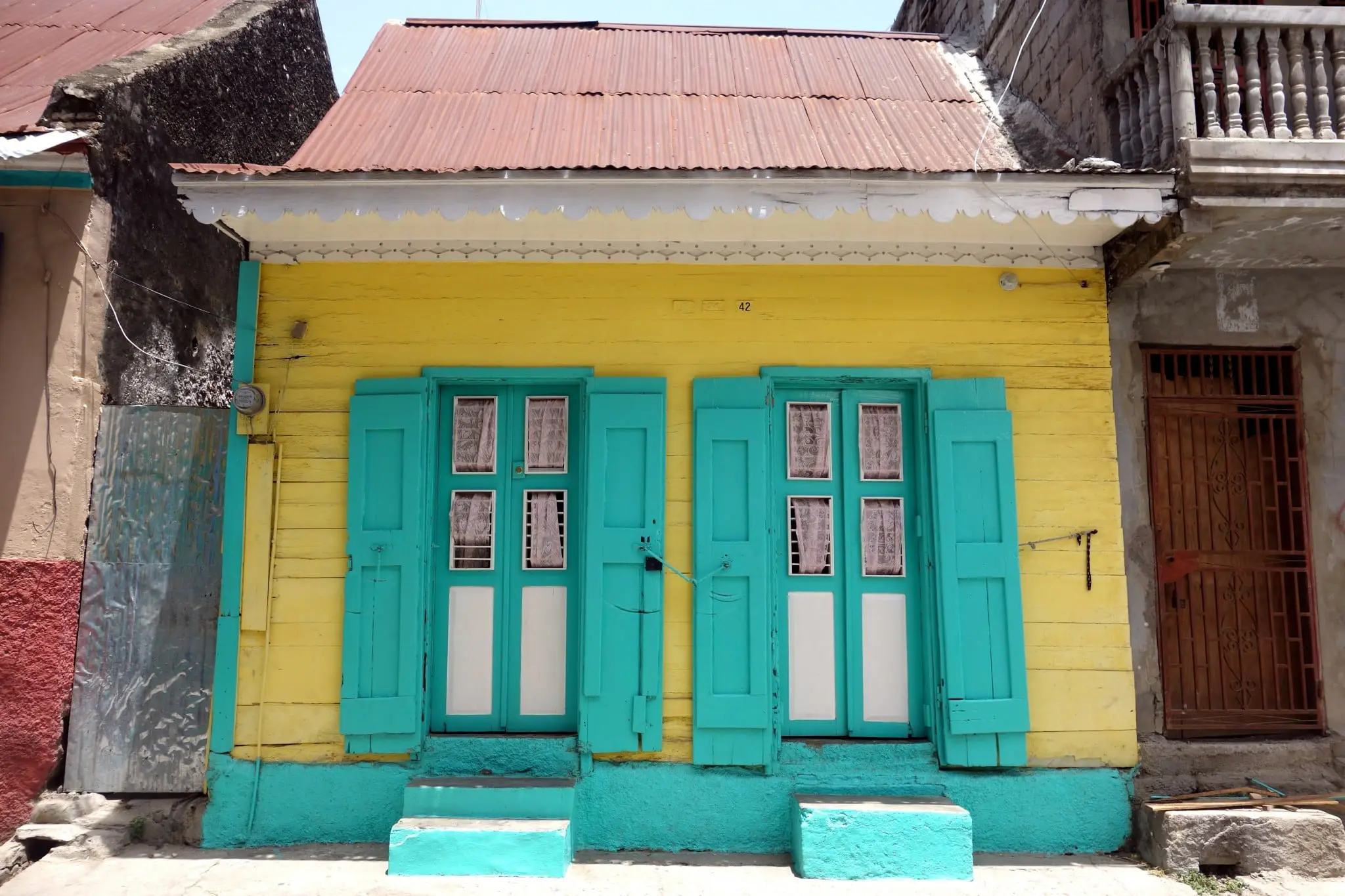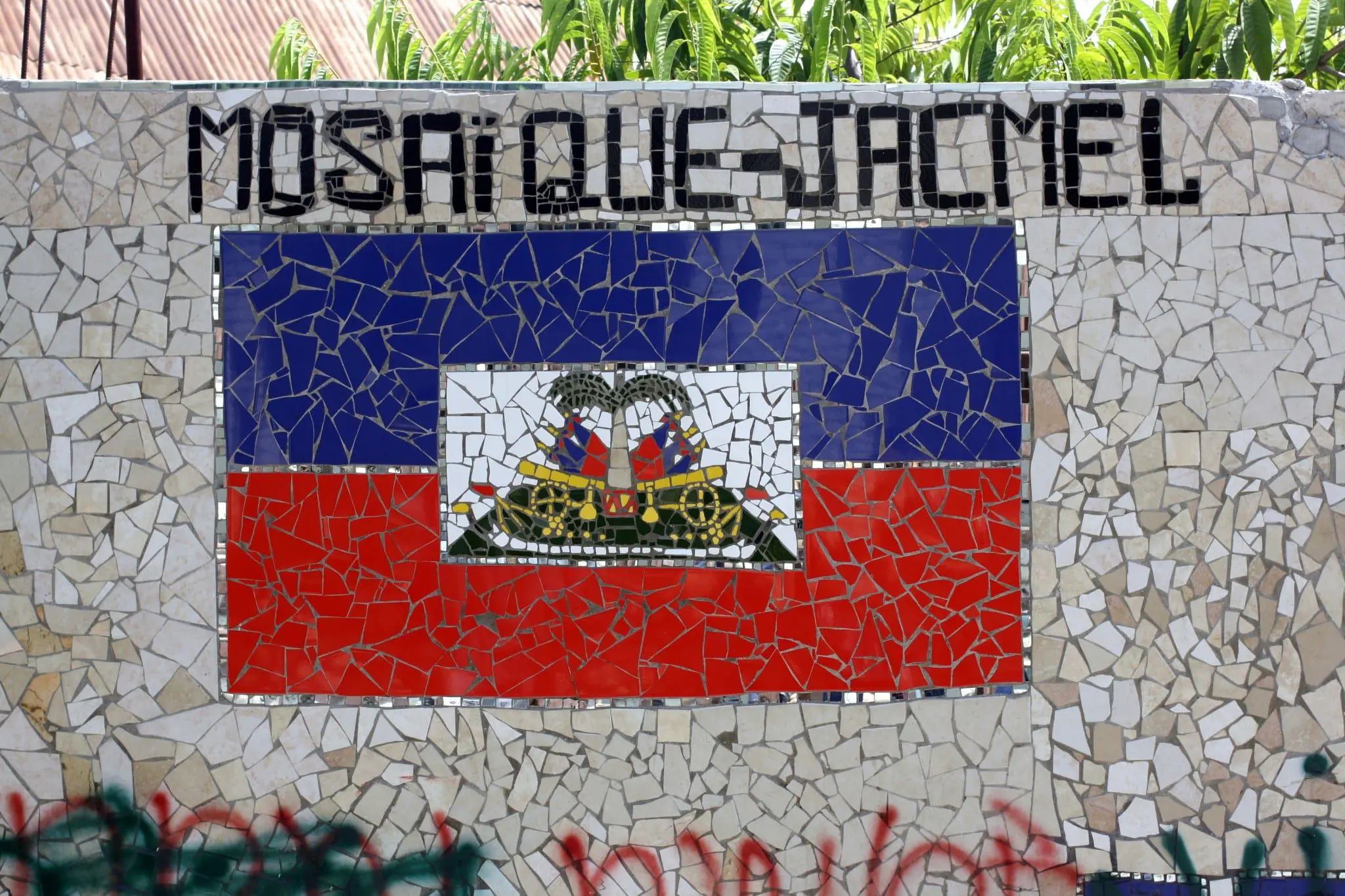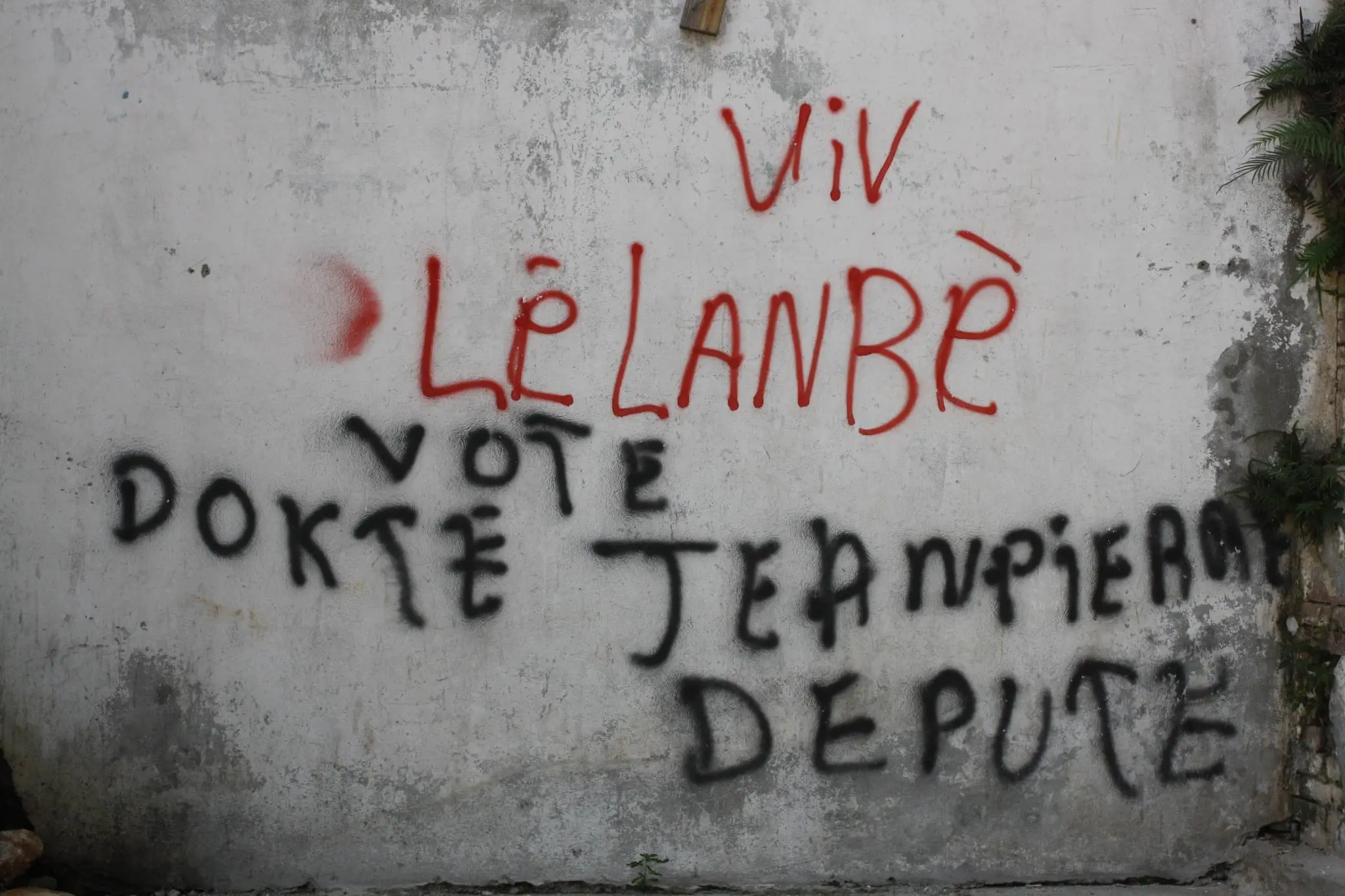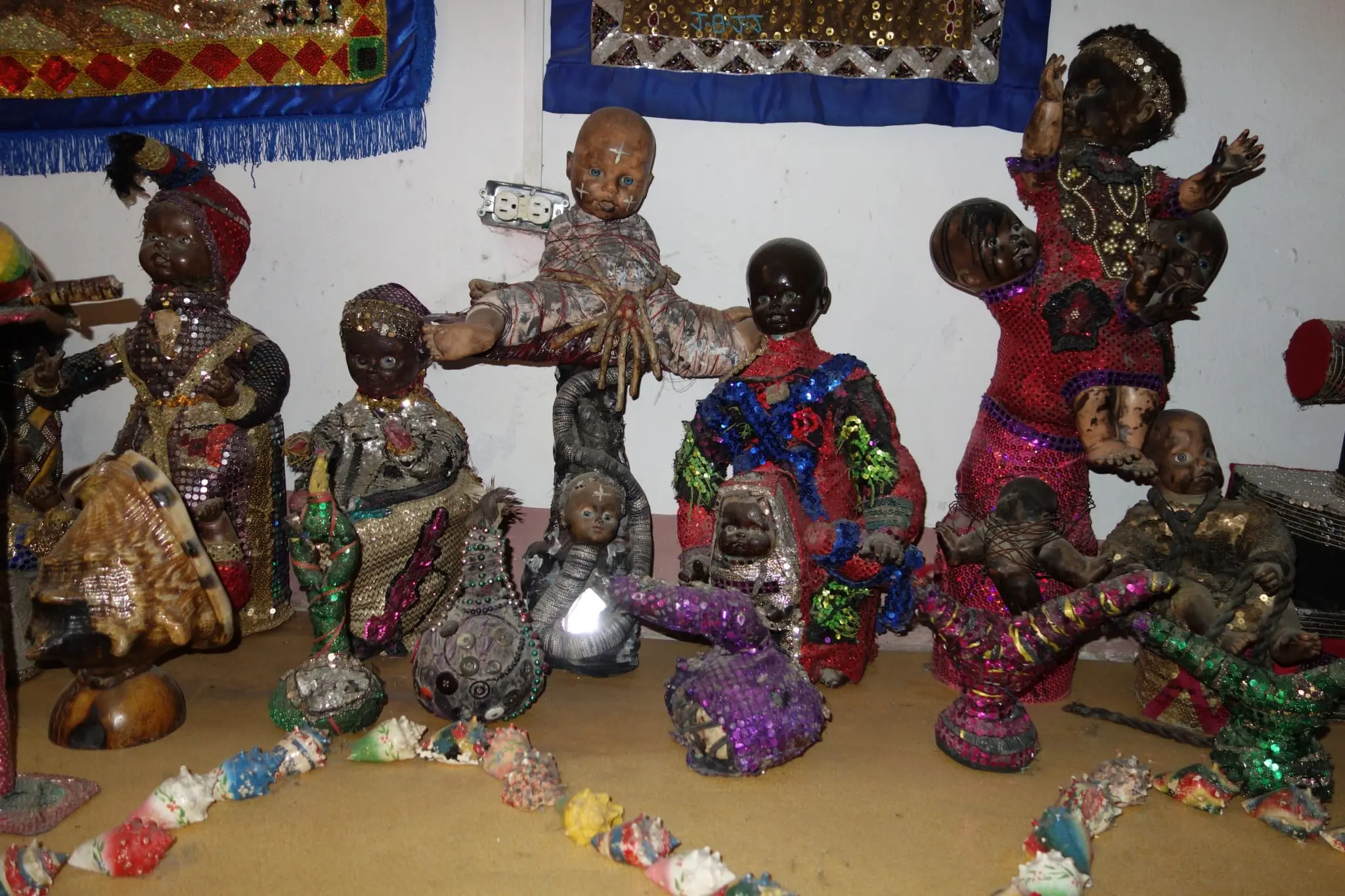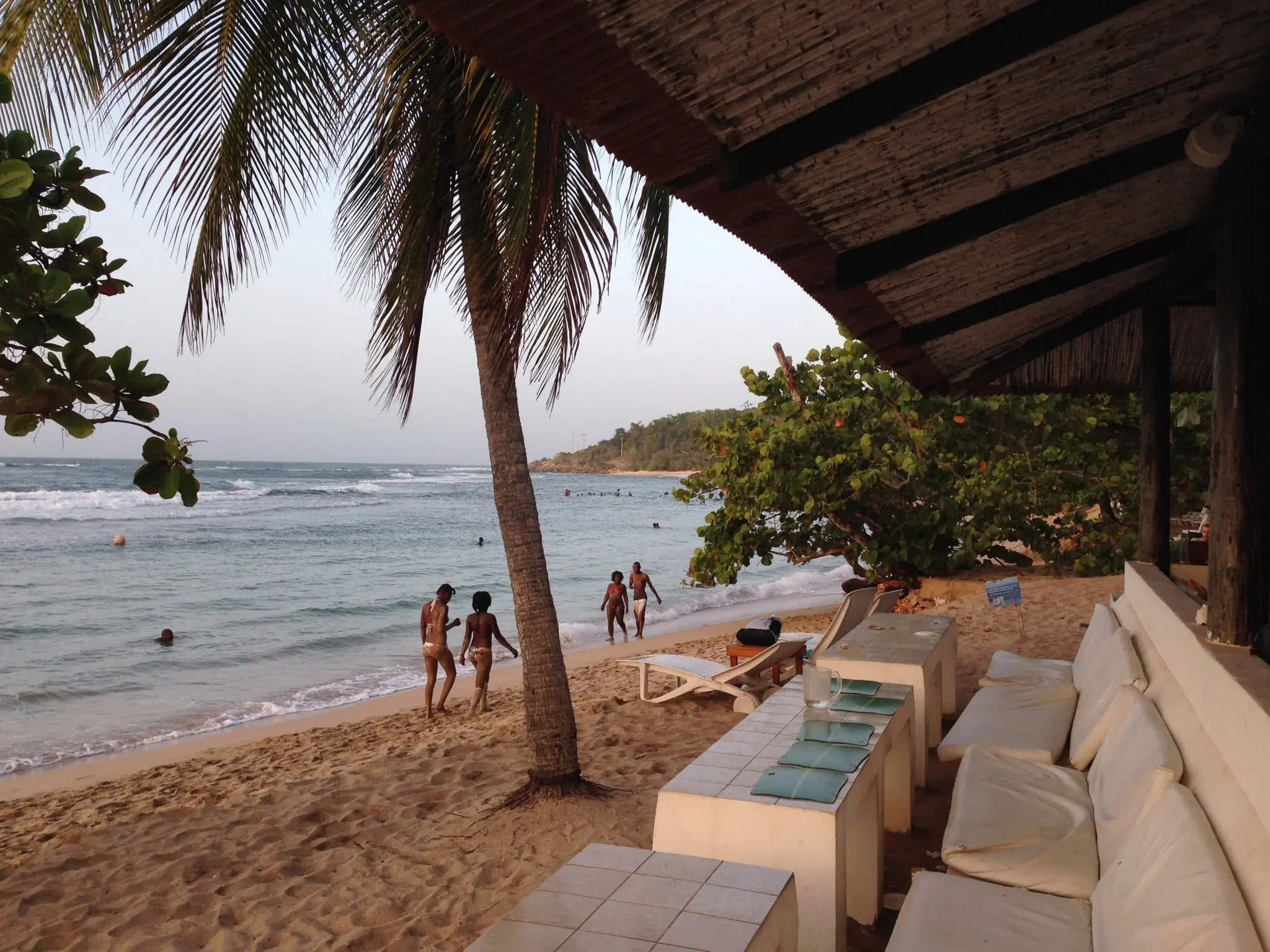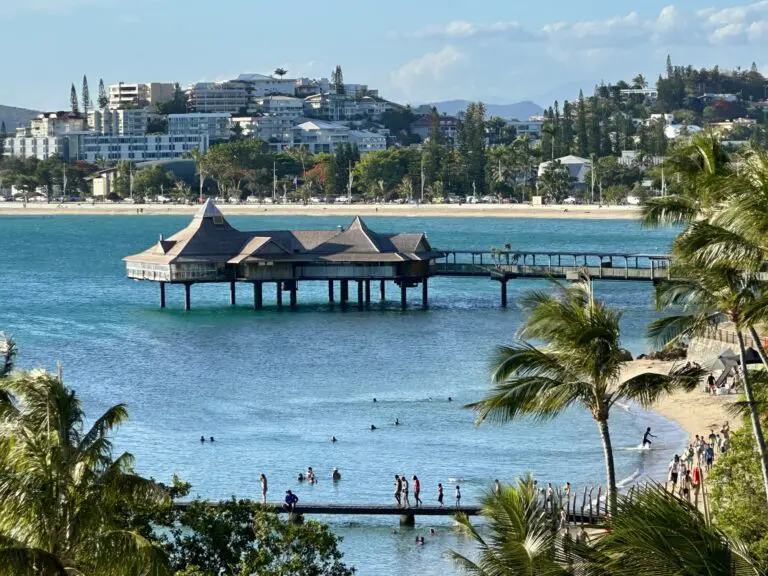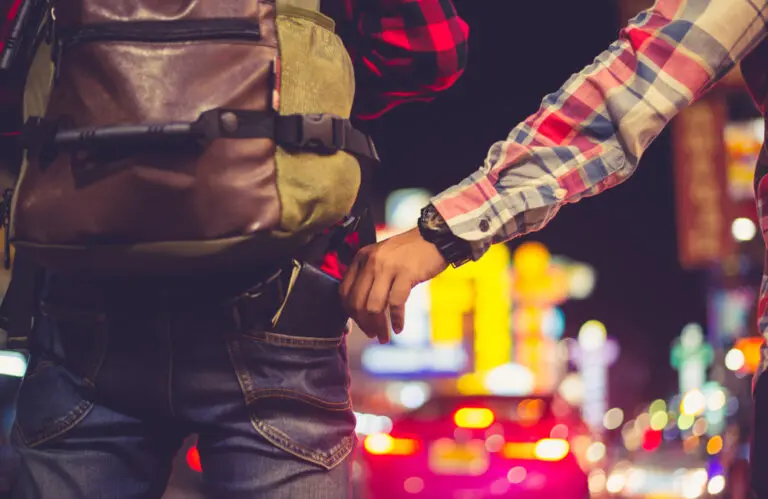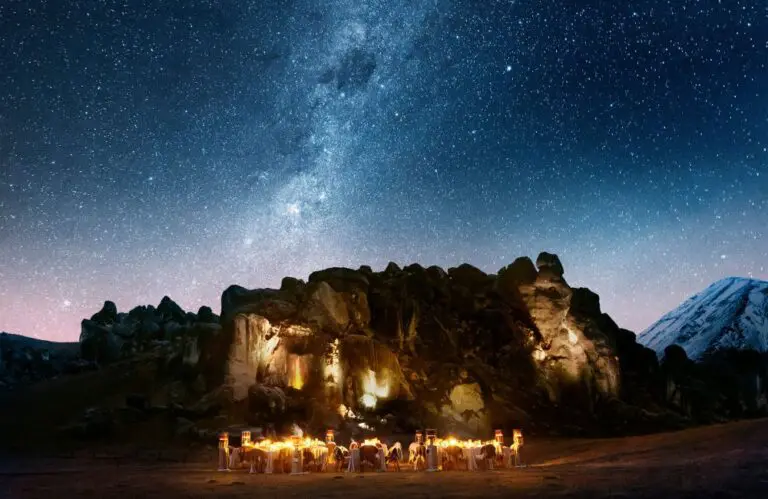Chances are that when you think off the Caribbean, you think of Jamaica’s reggae beats, Cuba’s colonial charm or the all-inclusive resorts of Barbados. Haiti rarely gets a look-in.
It’s been just over a year since G Adventures launched its first ever itinerary in Haiti. The 10 day journey visits sites of breathtaking natural beauty like the Bassin Bleu, and those of immense historical significance like Citadelle Laferriere. This is a Caribbean island holiday with a fascinating twist.
And although numbers are climbing fast, the number of tourists heading to its half of the island of Hispanaiola is still well below those of its Caribbean neighbours.
So why has this corner of the Caribbean been forgotten?
Intense political instability is, of course, a major factor. But there are a number of other reasons, according to the founder of G Adventures’ ground operator Tour Haiti, Jean Cyril Pressoir.
One being the fact that the country is “not tourist-friendly”, he tells KarryOn.
“It’s not a place that’s easy to navigate if you’re not from here, if you don’t speak the language, so this is why I do believe that small group travel, guided experiences are still the best way to visit Haiti.”
But there are a number of other concerns preventing people from paying the world’s first black-led republic and the first independent Caribbean state a visit. But even these shouldn’t stand in the way of intrepid travellers.
We take a look at five common reasons people dismiss travel to Haiti:
“It’s poor”
Haiti is the poorest country in the Western Hemisphere and one of the poorest countries in the developing world. The overall incidence of poverty in the country is 77%.
But rather than use the poverty as a reason to stay away, use it as a reason to visit. Money generated by tourism is considered to be the best way to improve the lot of the masses here, and to assist in repairing the damage from 2010’s devastating earthquake.
Philanthropy, while appreciated, is looked upon as only a short-term solution.
Of course, there is also significant wealth too. Up in the hills around capital Port-au-Prince, you’ll find futuristic mansions that wouldn’t look out of place in a James Bond movie. There are fine dining restaurants and luxury hotels too.
“It’s in a state of post-earthquake chaos”
The legacy of the 7.0 magnitude earthquake which struck Haiti in 2010 can still be seen across the country, in Port-au-Prince. The cathedral remains a mere shell while the Palais des Gouverneurs continues to be replaced by a temporary structure as the rebuild continues. In Jacmel in the country’s south, crumbling houses have yet to be repaired.
But it hasn’t brought the country to a standstill. Instead, workers are toiling to repair the damage both in Port-au-Prince and across the country. And around them, life goes on and people look to the future.
The Art Creation Foundation for Children (ACFFC), also in Jacmel, has unlocked the creative energy of local disadvantaged kids to create a range of colourful mosaics which can be found on walls across town depicting scenes from its history, bringing with them a new vibrancy.
“It’s dangerous”
The political history of Haiti has indeed been peppered with coups and weakened by a swift turnover of presidents.
However, tourists will witness little unrest as a result of this. As far as politics go, you may wander along streets scrawled in graffiti. People will perhaps be keen to talk to you about the state of the country and their hopes for the future.
But, so far at least, there have been no disturbances involving tourists. By and large, the people you encounter will want to show you their Haiti and ensure you have a good time.
“It has a dark side – voodoo”
Wander through the markets of Haiti such as the one in Cap Haitien, or the Marche de Fer in capital Port-au-Prince, and you’ll come across a variety of unusual items. Bottles filled with a lurid red liquid, small cloth dolls in red and black, vast sequinned flags. These are all instrumental in the practice of vodou, a fusion of the beliefs brought from Africa by slaves and those of their European enslavers.
But despite the negative images of zombies and animal sacrifice, I learn from vodou priest Jean-Baptiste Jean Joseph that the spiritual belief system has little sympathy for the dark, or “sorcery”, and is in fact a positive force for the betterment of society.
His temple filled with effigies created from plastic baby dolls and bottles in an array of glassy hues may seem eery to some, but is in fact a place of hope for many.
“There is no tourism infrastructure”
While there has been almost no tourism industry in the country for decades, before that, it was alive with visitors from overseas. Did you know that Bill Clinton took his honeymoon here? Or that the island formed the backdrop for Graham Green’s book The Comedians, which is set in a hotel inspired by the once iconic Hotel Oloffson?
And while the public bus system may leave a little to be desired, there are no trains as such and roads are a little ropey at best, there are internal flights. And there are hotels. Many may be at the more basic end of the spectrum, but not all.
Just outside Jacmel, we stay in charming eco-lodge La Colline Enchantee. And close to the cruise port at Cap Haitien, we sip cocktails at the laidback Cormier Plage Resort, set right on the sand. On our last night in Port-au-Prince, we farewell Haiti with a series of rum punches at boutique hotel Montana with breathtaking views across the city.
Is a visit to the Caribbean on your bucket list?


